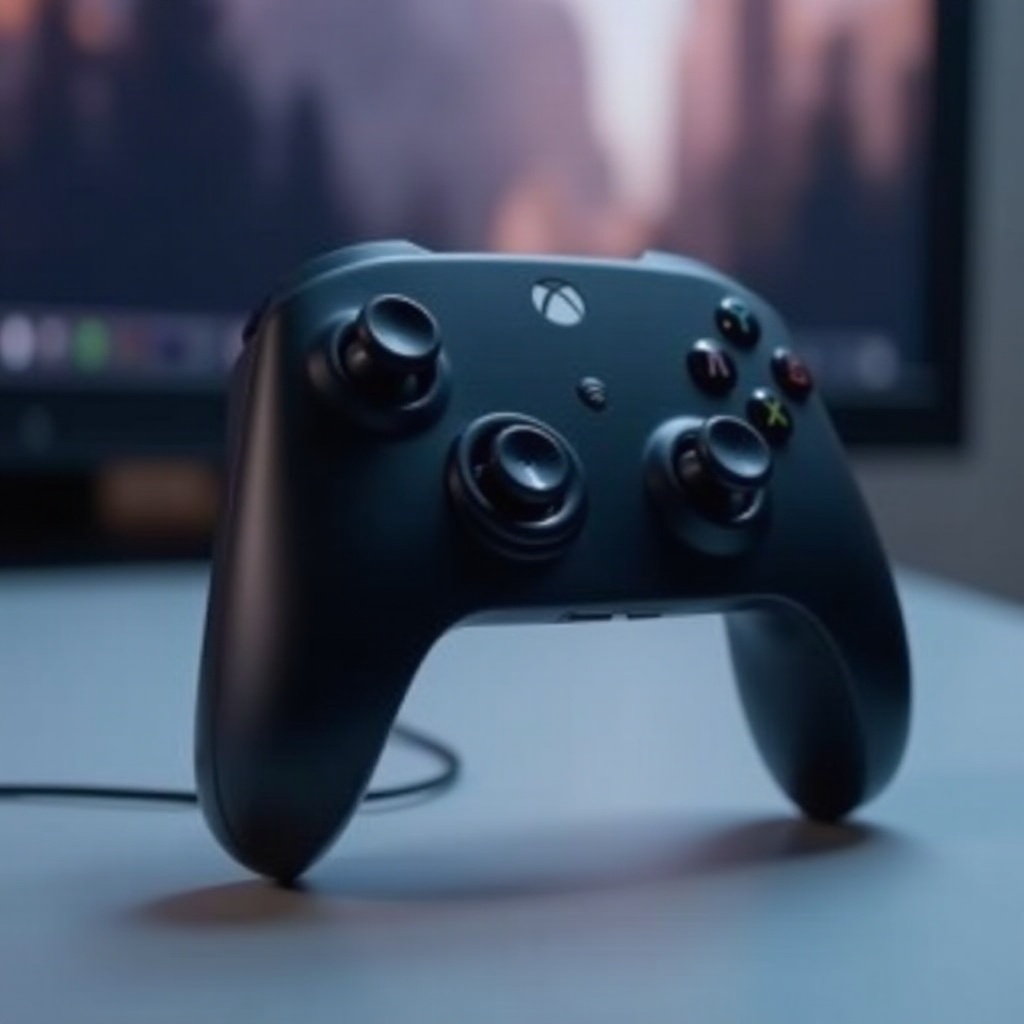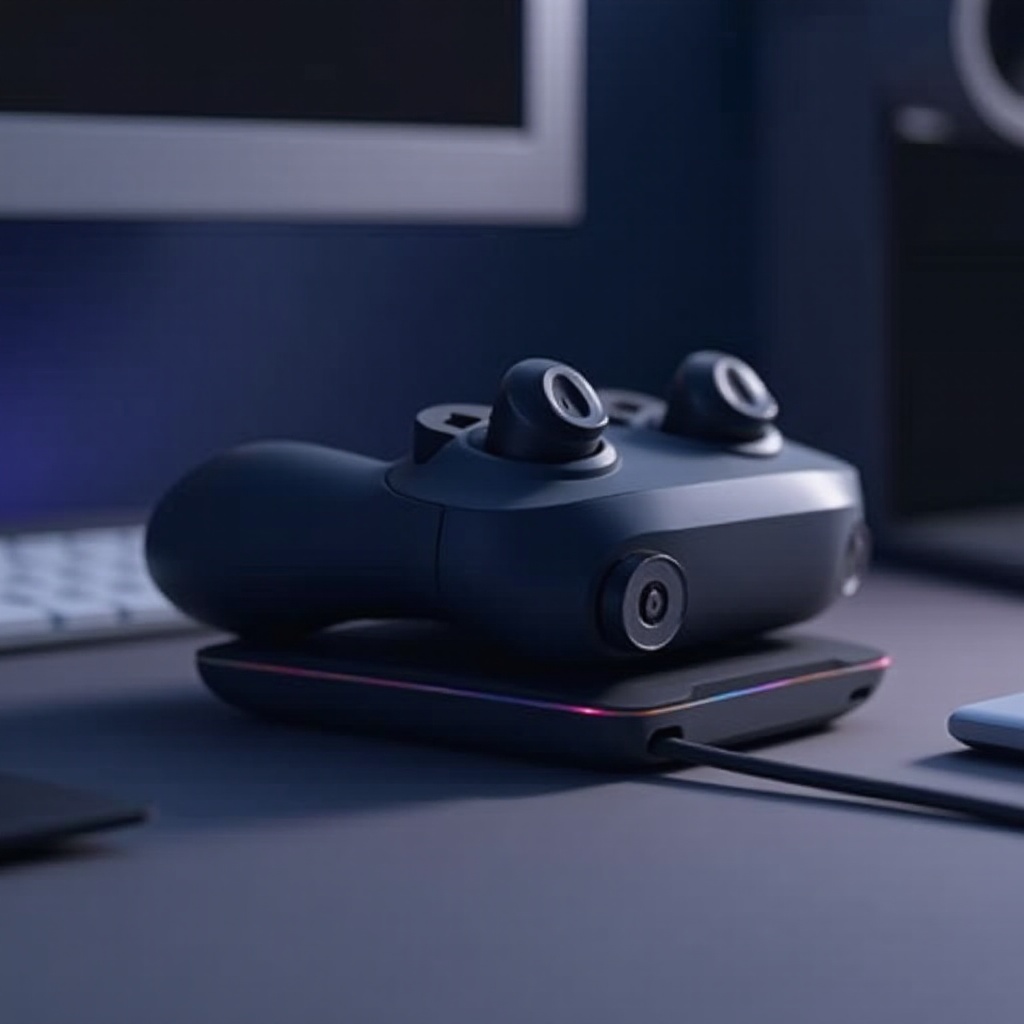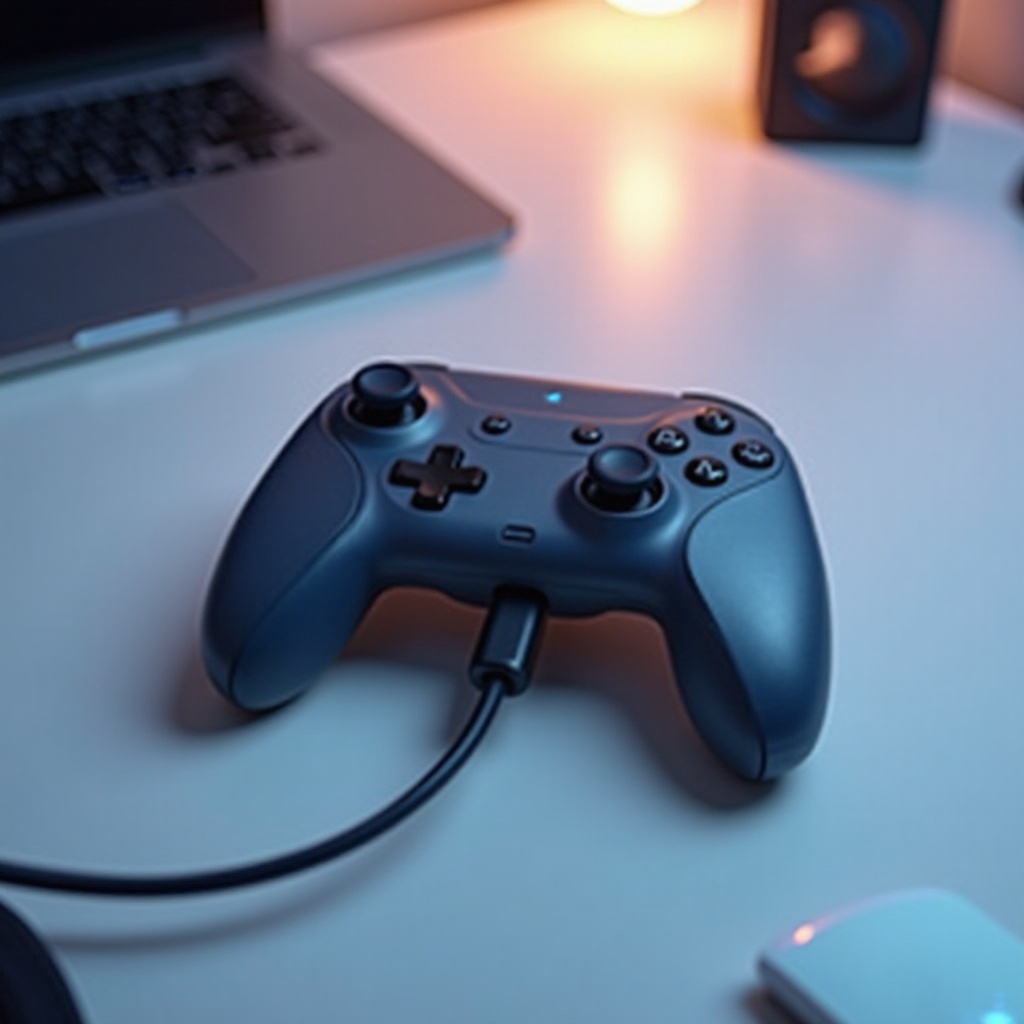Introduction
In the world of virtual reality, Oculus controllers are your key to interacting with immersive environments. Whether you’re exploring fantastical realms or engaging in high-octane battles, the last thing you need is for your controllers to lose power. Since they are your connection to the virtual world, keeping them charged and ready is essential. Disruptions due to power loss can interrupt your gaming or VR experience. To prevent this, a thorough understanding of how to efficiently charge your Oculus controllers is necessary. This comprehensive guide will walk you through available charging options and help you address any issues that might arise.

Understanding Oculus Controllers
Oculus controllers are sophisticated devices, translating your physical movements into the digital realm. These controllers make use of innovations such as motion tracking and haptic feedback, which enhance the VR experience. However, every added feature demands power, emphasizing the need for efficient charging practices. Identifying whether your Oculus controllers use built-in rechargeable batteries or replaceable ones is vital.
Managing battery consumption is your first step. Consider how different activities affect battery drainage. High-intensity gaming sessions or rapid motion gestures can deplete batteries faster than less active usage. With this understanding, you can effectively plan your charging strategy.
Charging Methods for Oculus Controllers
The approach you choose for charging your controllers can significantly impact their functionality and longevity. Two main avenues exist for charging: official equipment provided by Oculus and third-party accessories.
Official Charging Equipment
Users often prefer the reliability of official charging solutions from Oculus. Designed to optimize performance, these include standard docks and charging cords found in the Oculus kit. These options ensure consistent and high-quality charging, preventing any damage to the battery that less reliable equipment might cause. Regular charging using the official dock after each VR session can build a convenient routine for you.
Third-party Charging Accessories
Adventurous users might explore third-party options, which range from multifunctional charging stations to portable power banks. These solutions come with added features like LED indicators or quick charging capabilities, which suit different lifestyle needs. When considering these, compatibility with your Oculus model and proper safety certifications are crucial to ensuring secure charging. This way, you can explore the virtual realm with peace of mind knowing that your equipment is protected.
With these charging options in mind, understanding best practices can optimize the charging process even further.
Best Practices for Charging
Implementing the right charging habits extends the life of your Oculus controllers and ensures they’re always prepared for action.
Optimal Charging Frequency
Balancing charging frequency is key. Allowing your controllers to completely drain before recharging can harm battery health. On the other hand, excessive charging is unnecessary. A good rule of thumb is to recharge them once the battery drops below 20%. This approach can keep the battery healthy and guarantees that your controllers are ready when you are.
Preventing Overcharging
Modern controllers often include overcharging protections, but manually unplugging them once they’re fully charged can further safeguard battery life. Alternatively, charging docks with auto-off features can help manage this for you. These steps ensure that your controllers aren’t affected by wear due to prolonged idle charging periods.
Having good charging practices not only supports effective charging but can also prepare you to troubleshoot any issues that arise.

Troubleshooting Charging Issues
Challenges may occasionally disrupt the charging process, so knowing how to troubleshoot effectively is essential.
Identifying Common Issues
Typical problems include failure to charge, abnormally slow charging speeds, or fast battery discharge post-charging. Pinpointing the source of the issue, whether it be the charger, cable, or the controllers themselves, can help you resolve it quickly.
Effective Solutions for Non-Charging Controllers
- Connection Checks: Ensure all cables are tight and securely connected to both power sources and controllers.
- Port Cleaning: Dust or debris can block the connection ports, so keeping them clean can help.
- Alternate Outlet Testing: Sometimes, the issue might be with the outlet, try different ones to verify functionality.
- Software Updates: Always check for and install recent updates, as these can resolve compatibility issues.
- Equipment Swap: Swap out cables or chargers to find faulty components.
With troubleshooting knowledge, you eliminate most problems before they affect your VR time. Now, let’s look at maintaining and enhancing your controller’s battery life.

Enhancing Battery Life
Extending battery life involves more than just frequent charging; it requires good storage and maintenance habits.
Storage Tips for Longevity
To guard against the natural degradation of batteries, store your Oculus controllers in cool, dry conditions. Extreme temperature swings can quicken wear, reducing battery lifespan and effectiveness.
Maintaining Battery Health
Consistent use along with regular charging keeps the batteries in good shape. Prolonged inactivity or storage without occasional charging can lessen functionality.
If maintained well, your Oculus controllers will continue to provide immersive VR experiences for a good length of time.
Conclusion
Optimal charging and maintenance of Oculus controllers ensure lasting and uninterrupted virtual reality experiences. With the knowledge gained from this guide, you’re better equipped to prevent malfunction and extend your controllers’ life. So charge smartly and enjoy endless hours in the VR realm.
Frequently Asked Questions
Can you charge Oculus controllers while using them?
No, Oculus controllers do not support being charged while in use. It’s recommended to swap batteries or use rechargeable options that preserve the charge.
How long does it take to fully charge Oculus controllers?
Charging time can vary based on the power source and cable quality. Typically, full charging via official means takes about 2-3 hours.
What should I do if my Oculus controllers won’t charge?
Start with basic troubleshooting by checking connections, trying another cable/outlet, and updating the VR software. Consider contacting support as persistent issues warrant a replacement.
